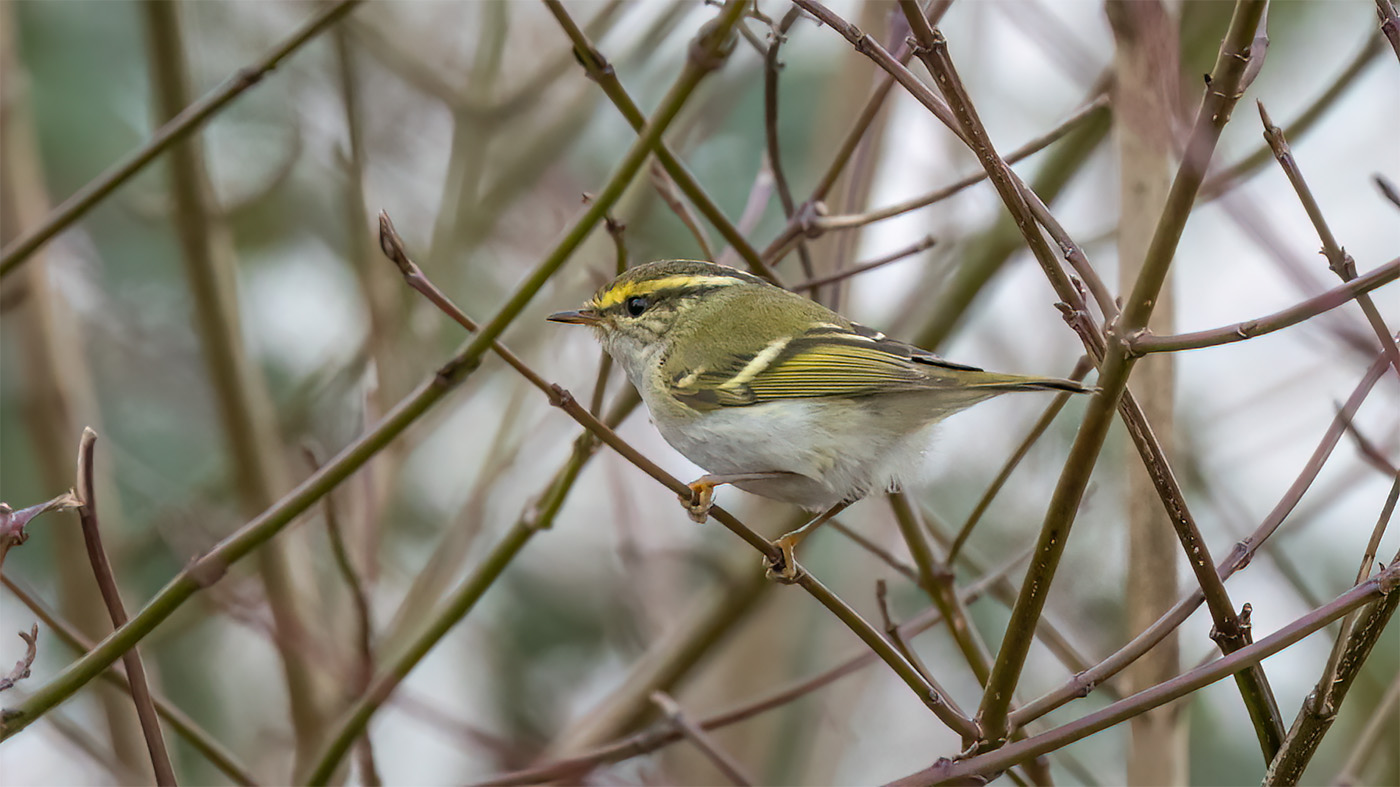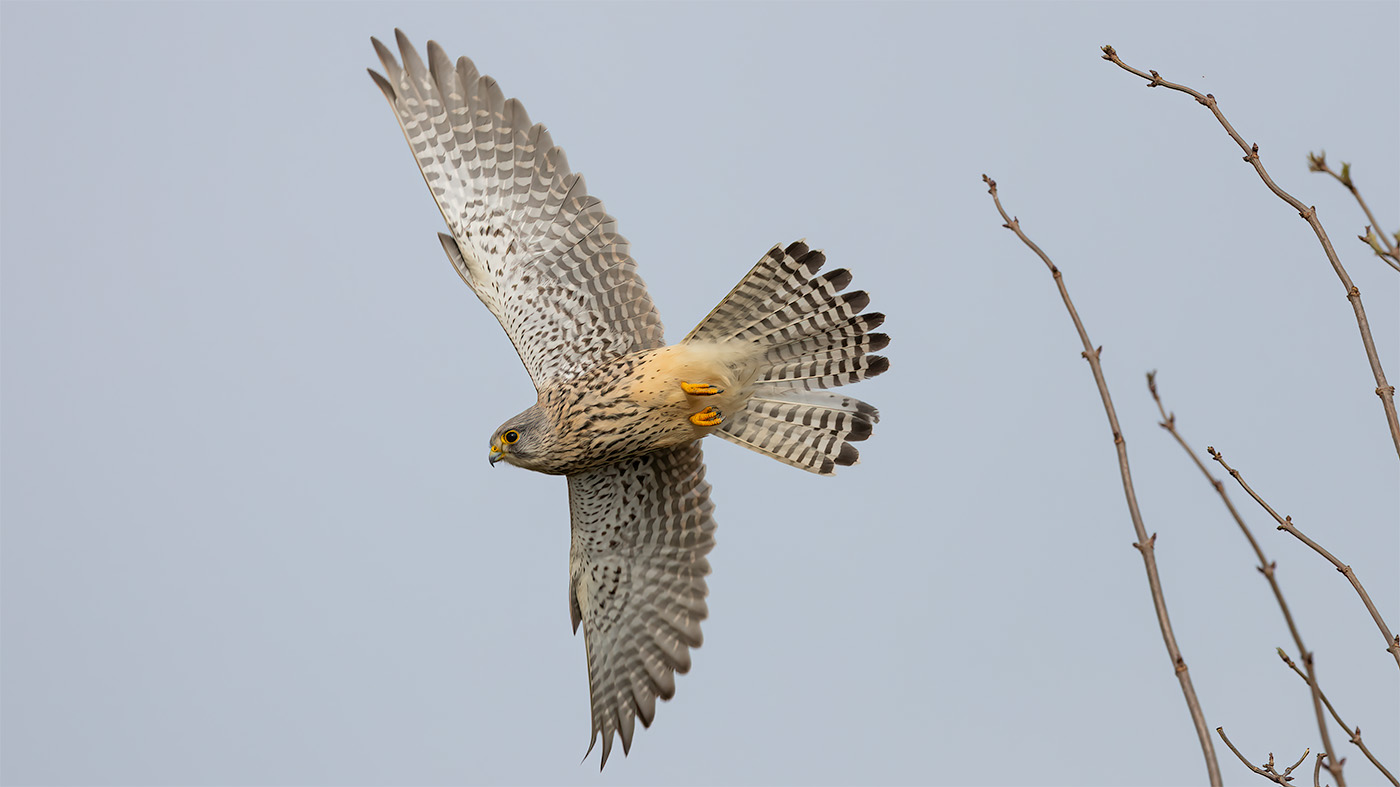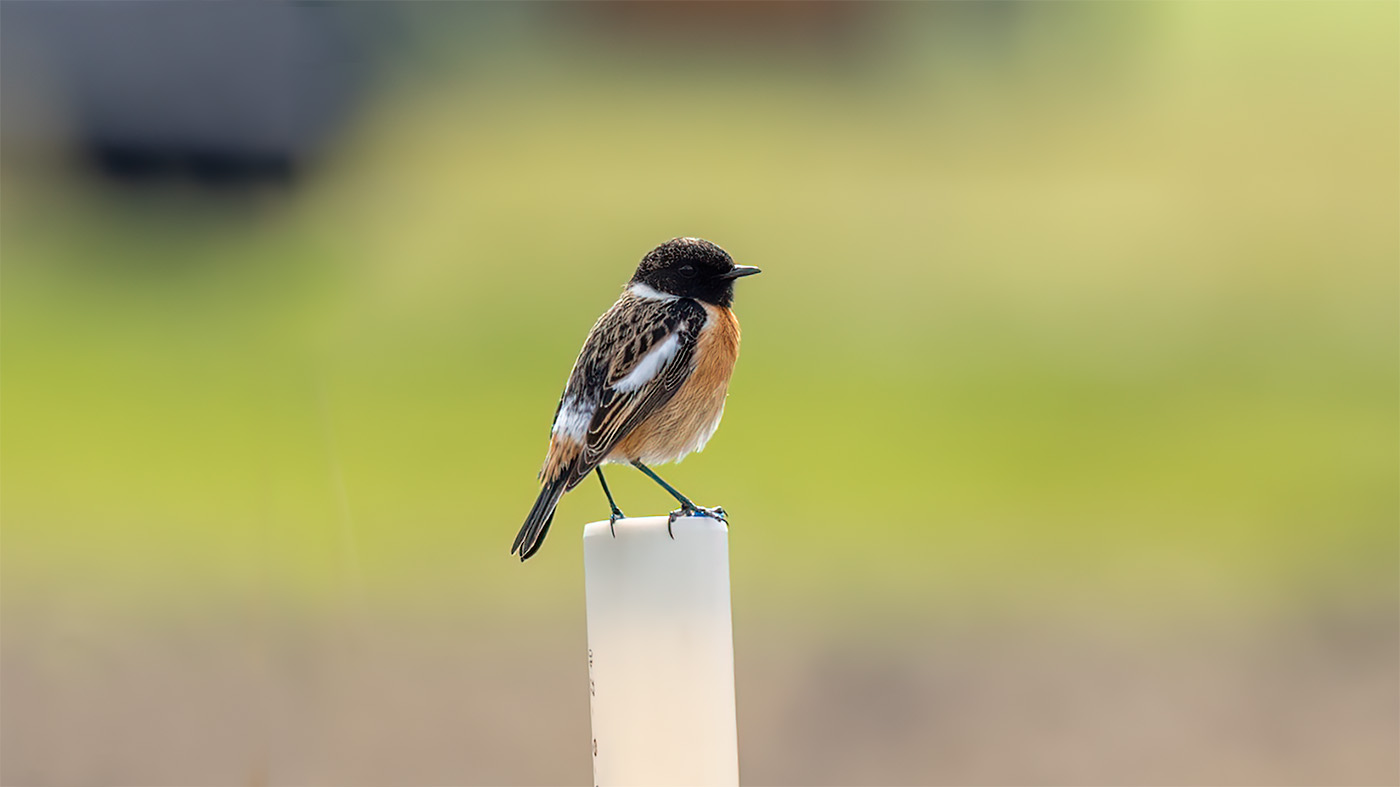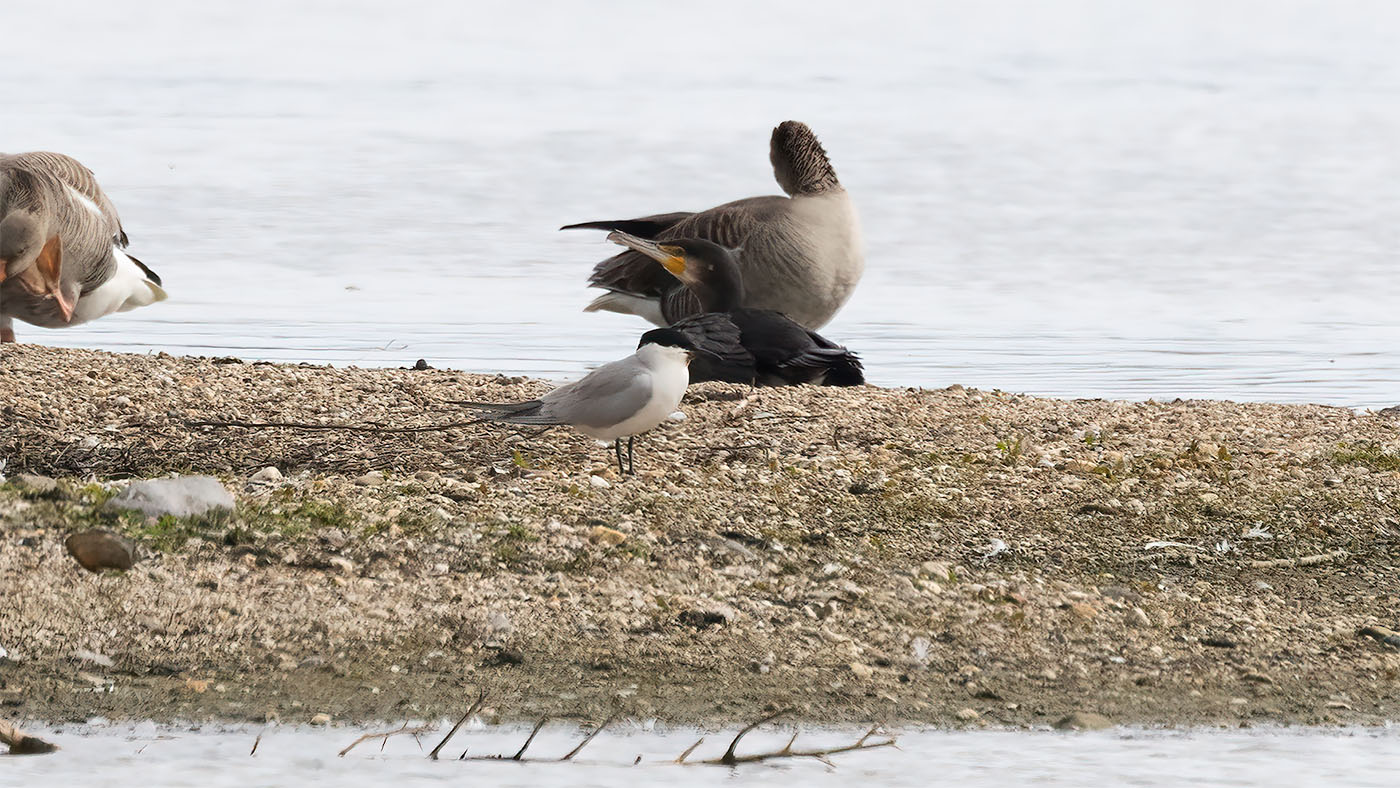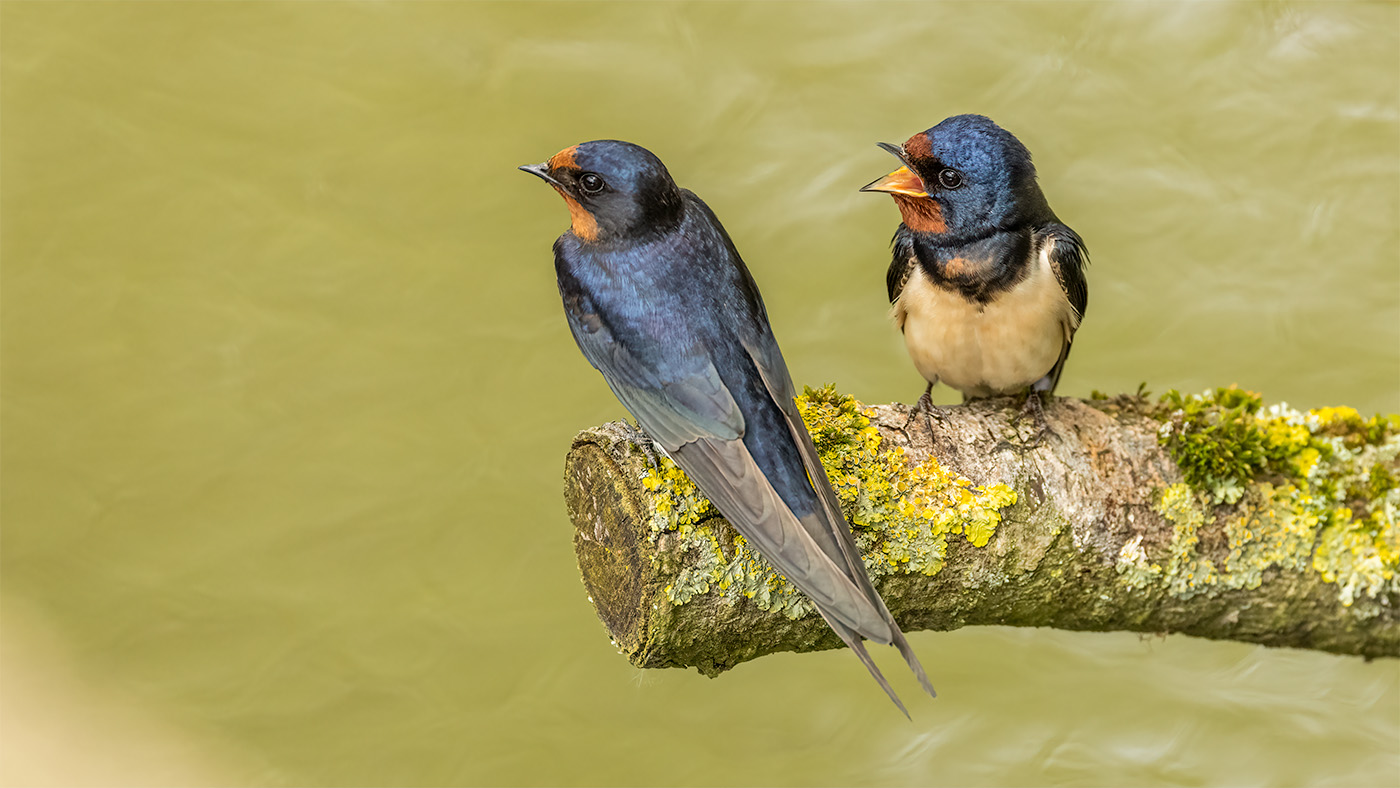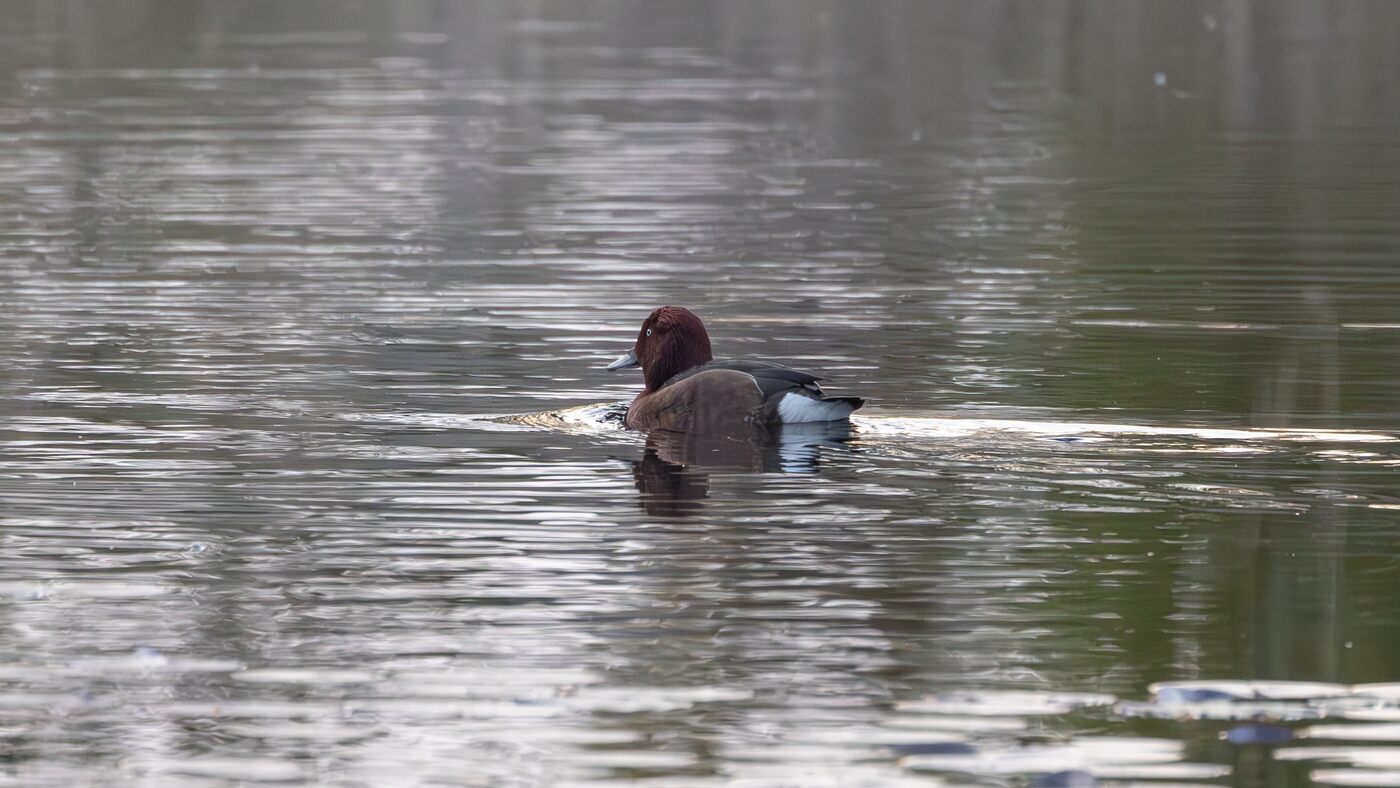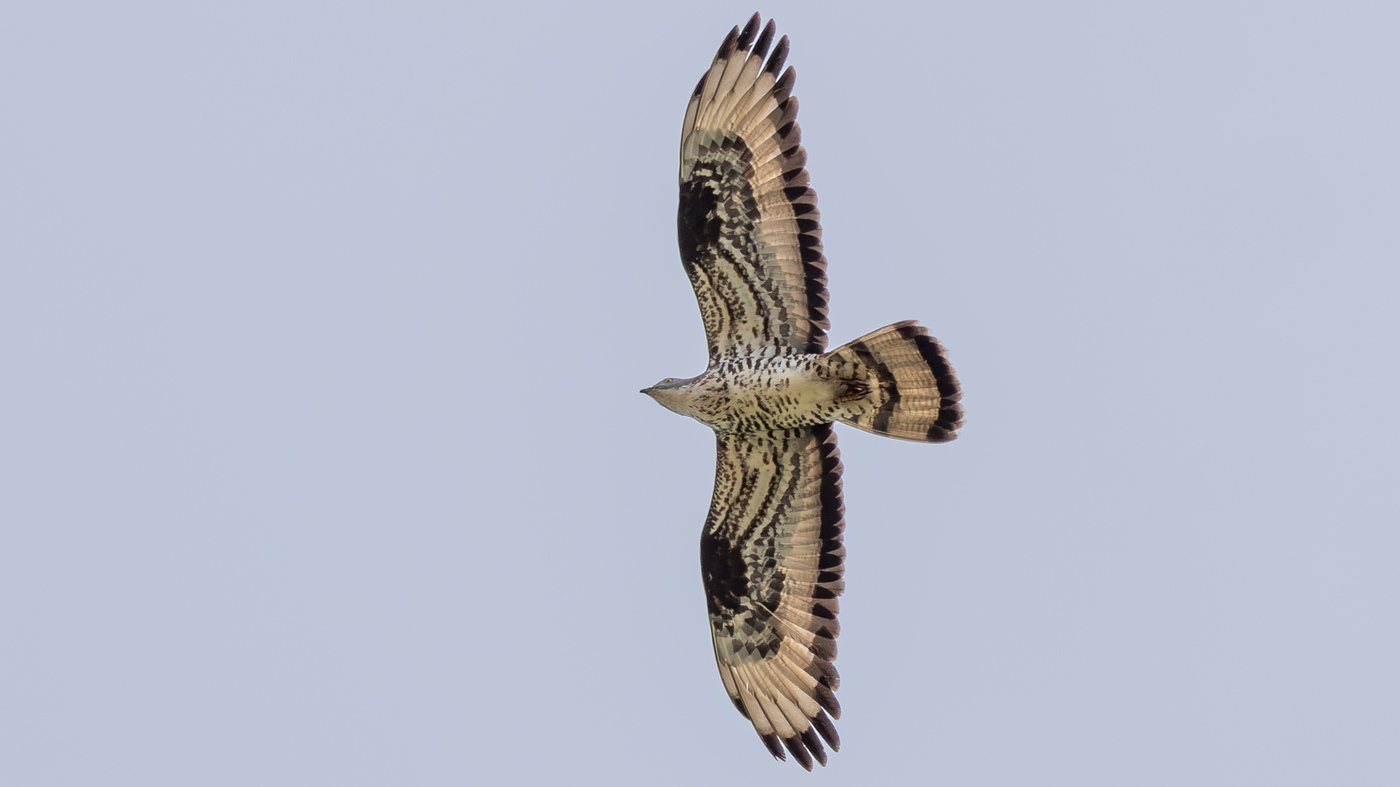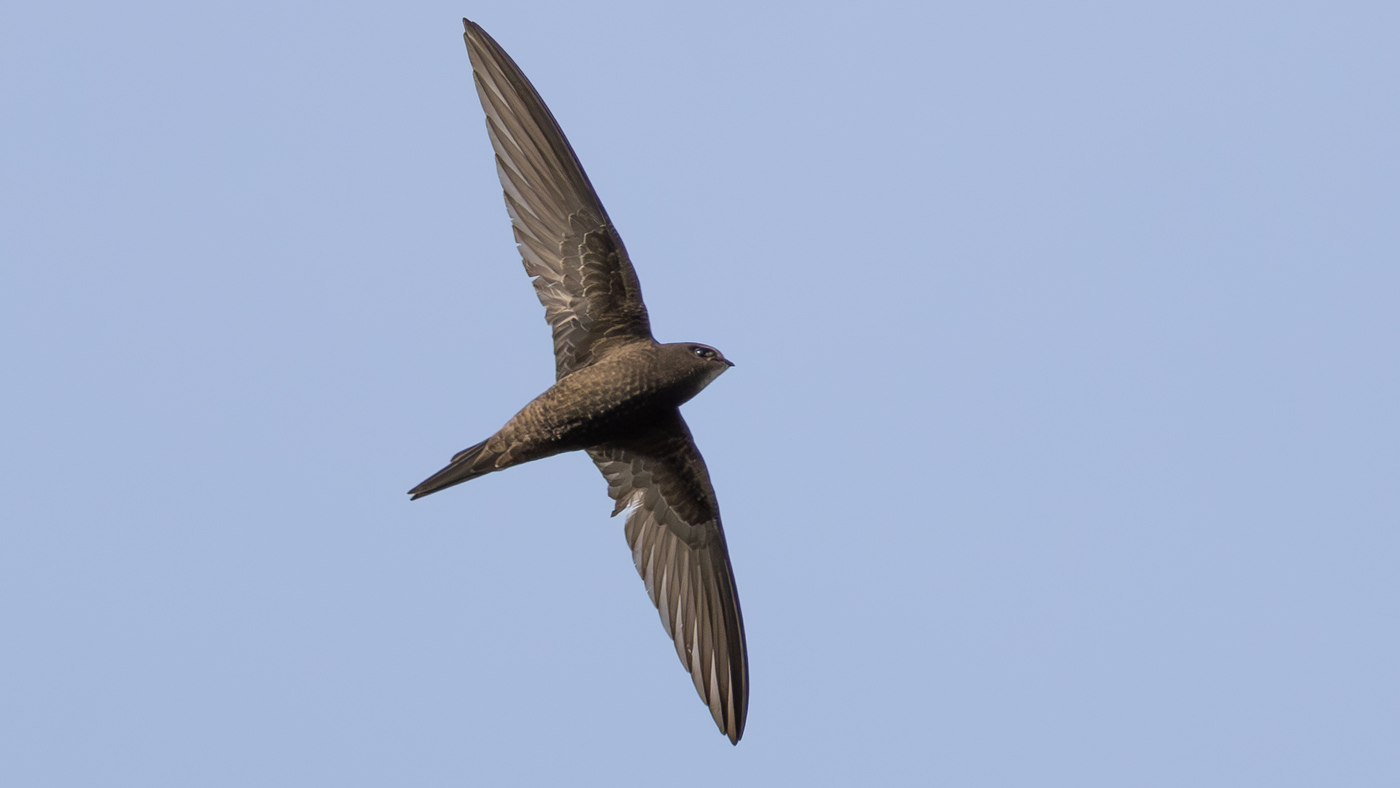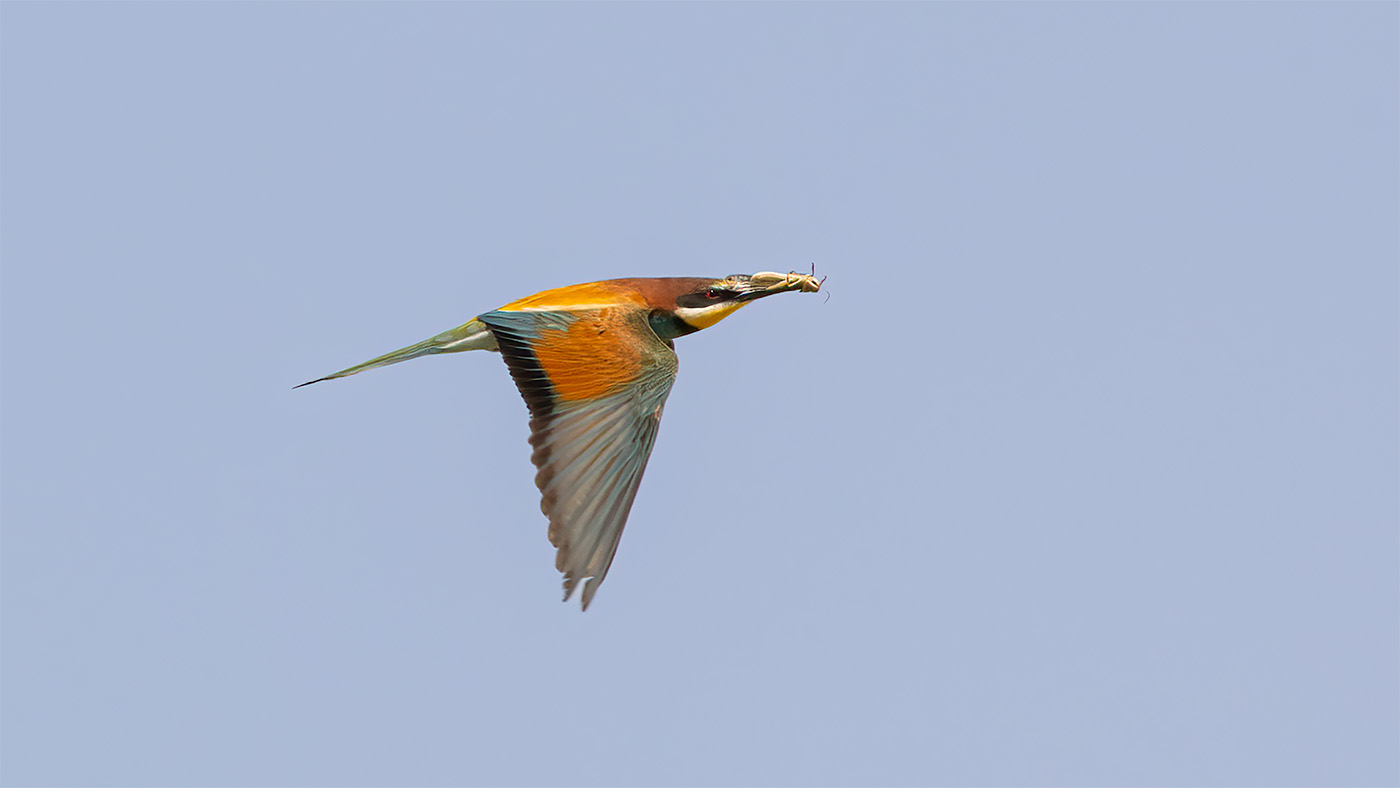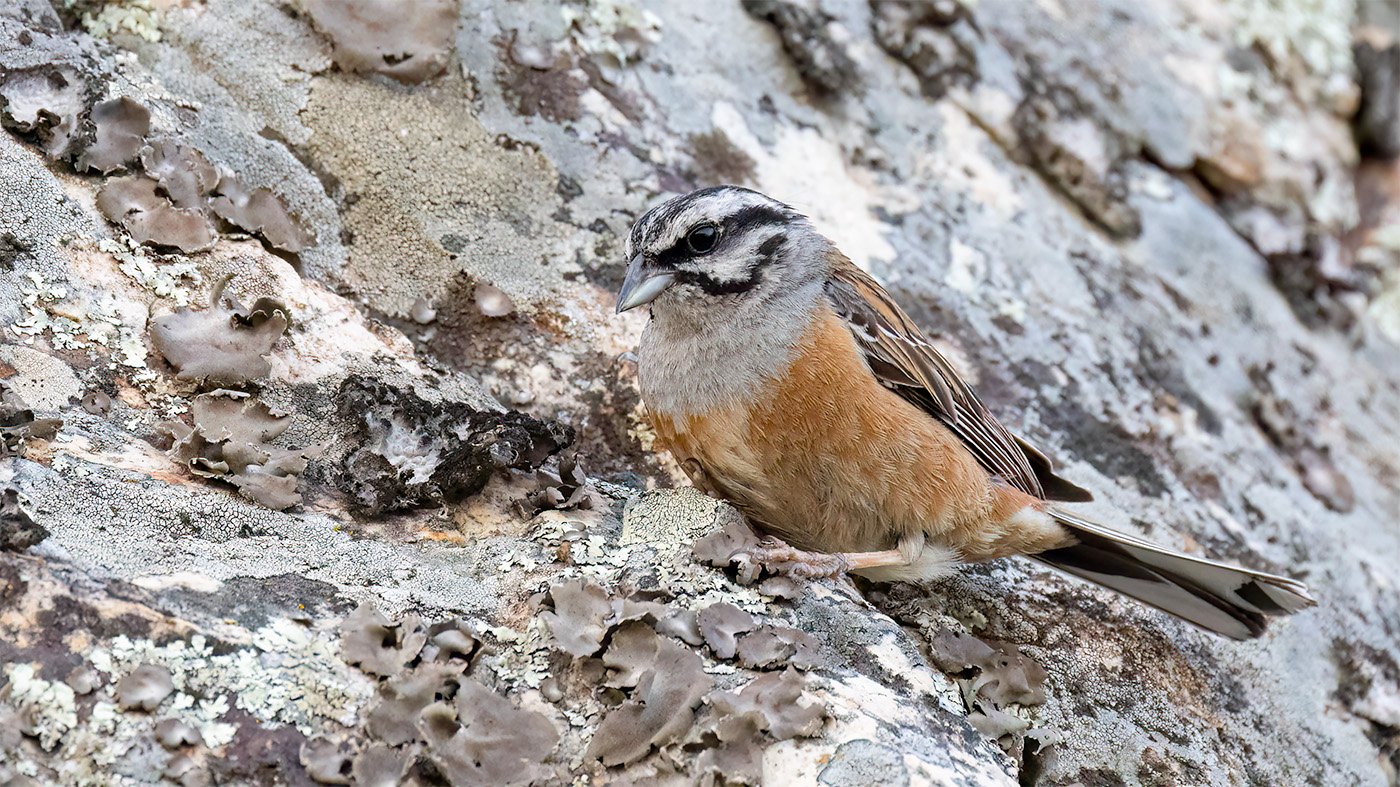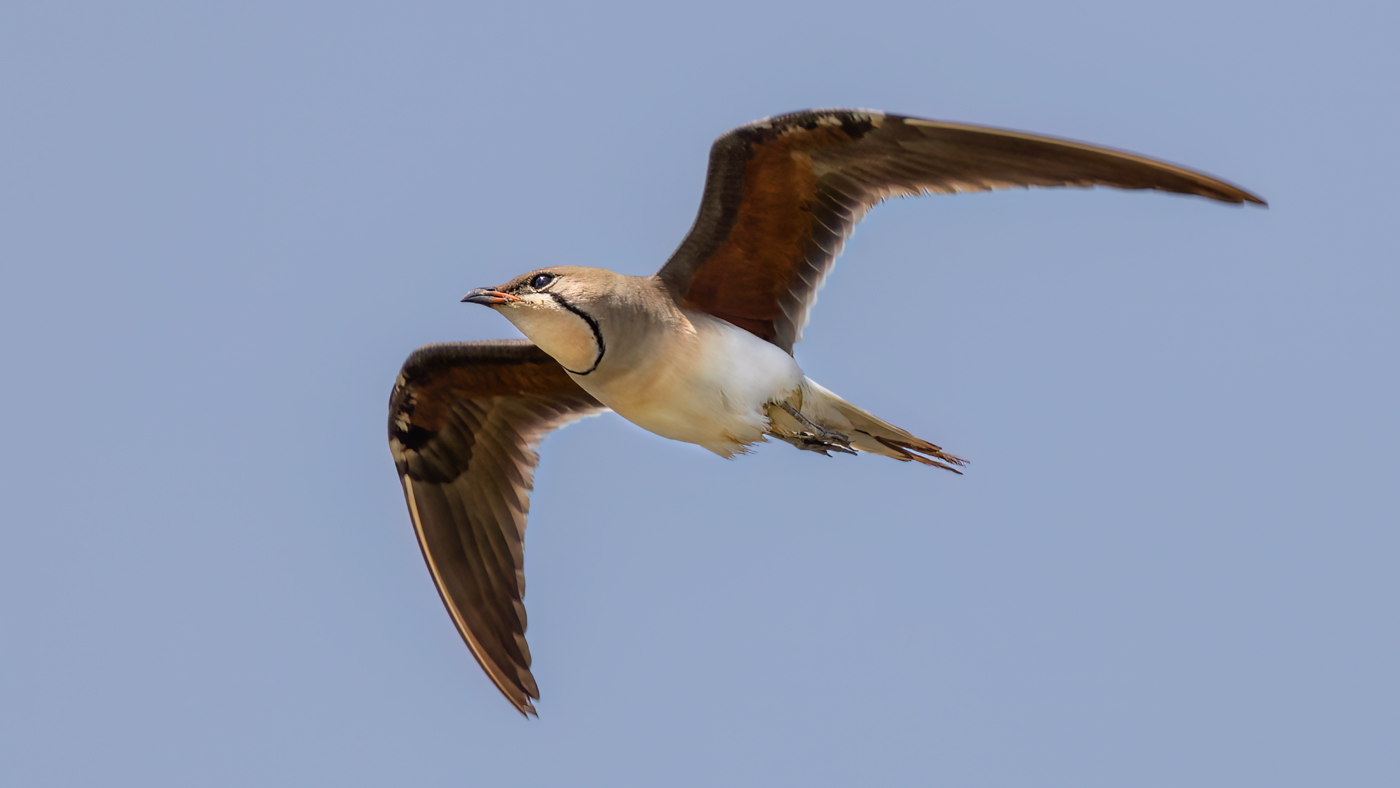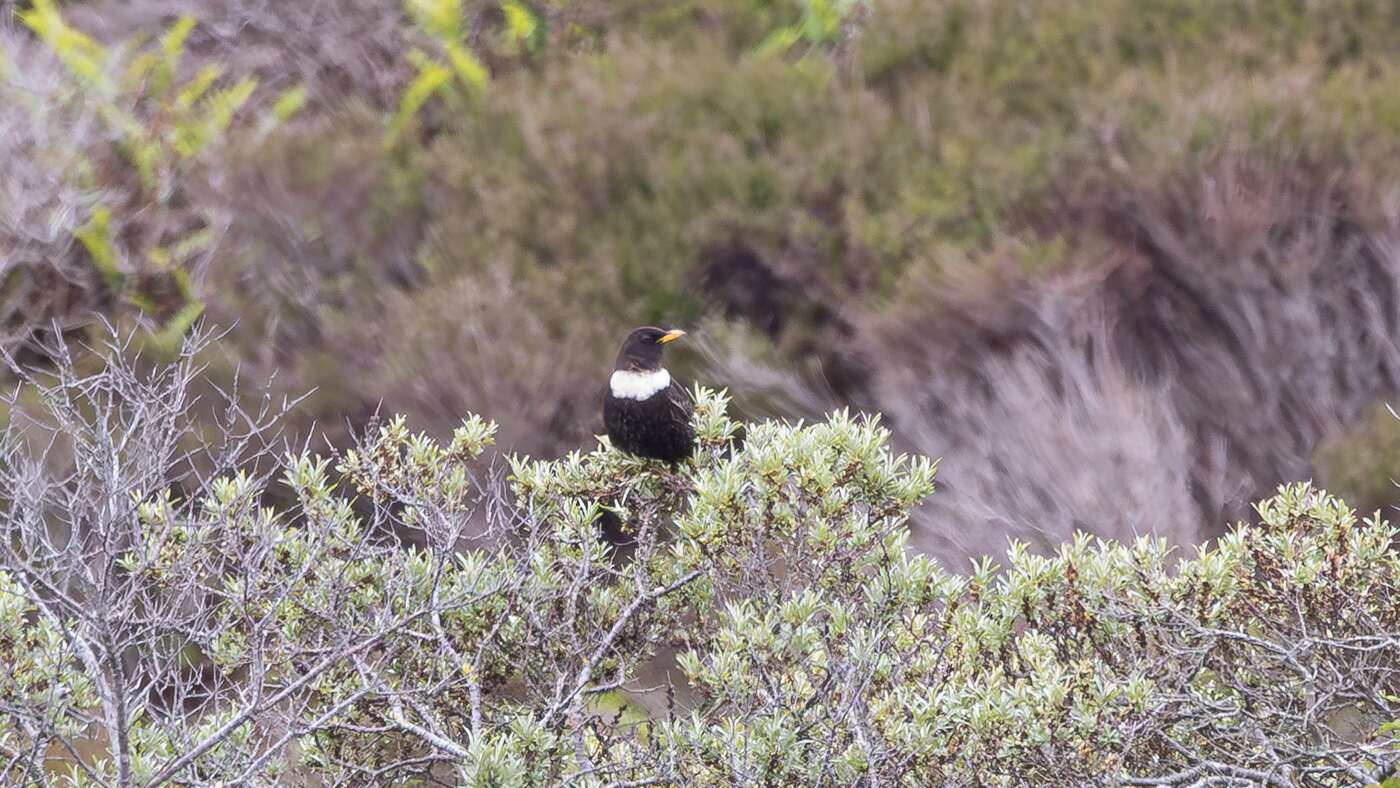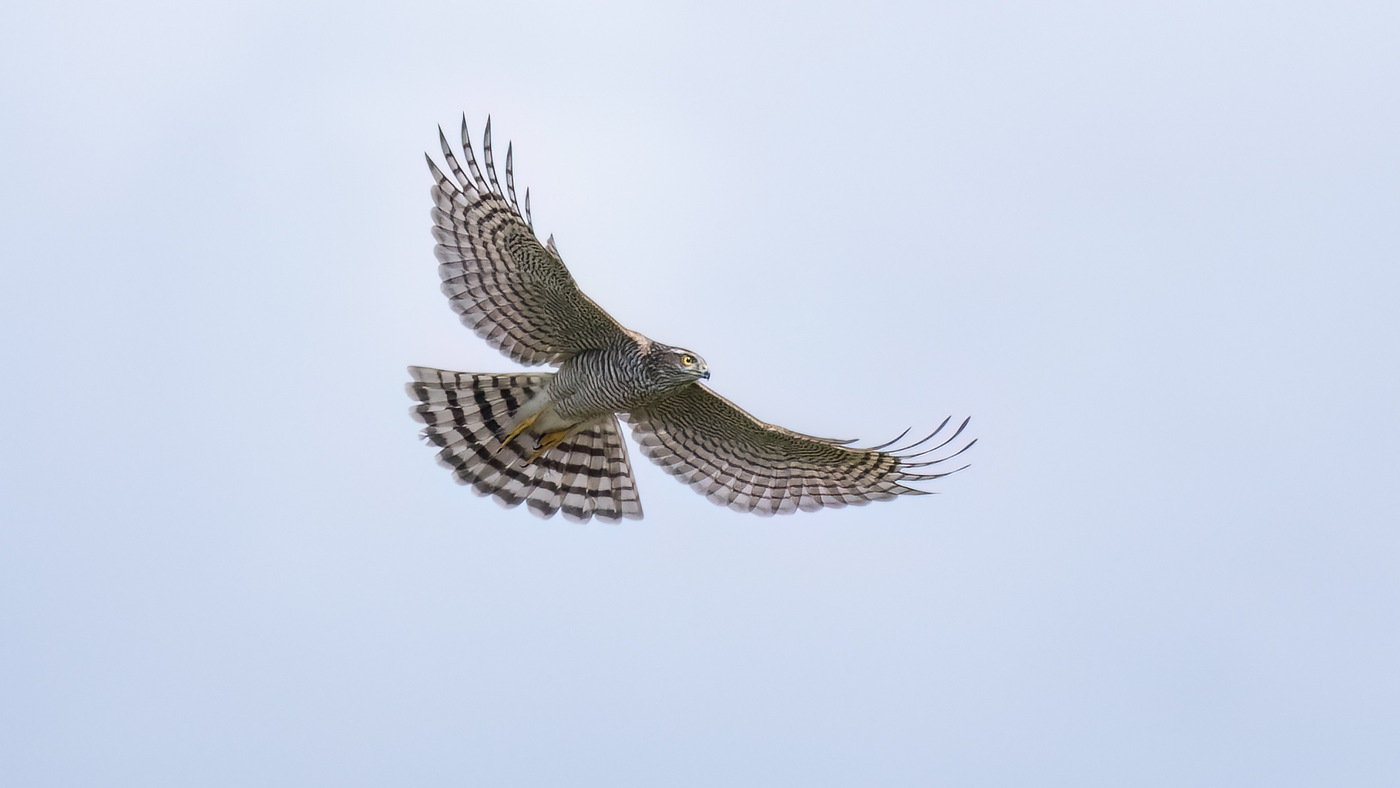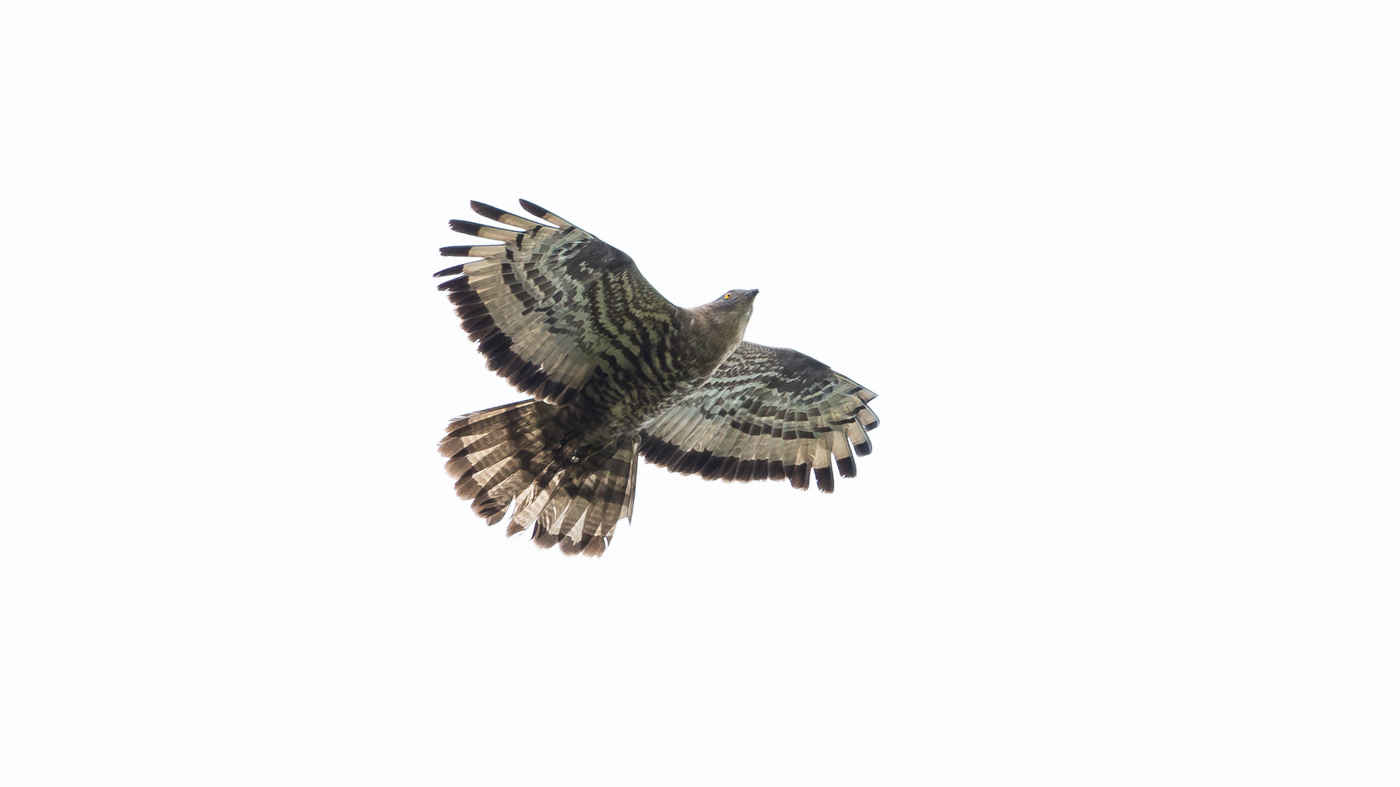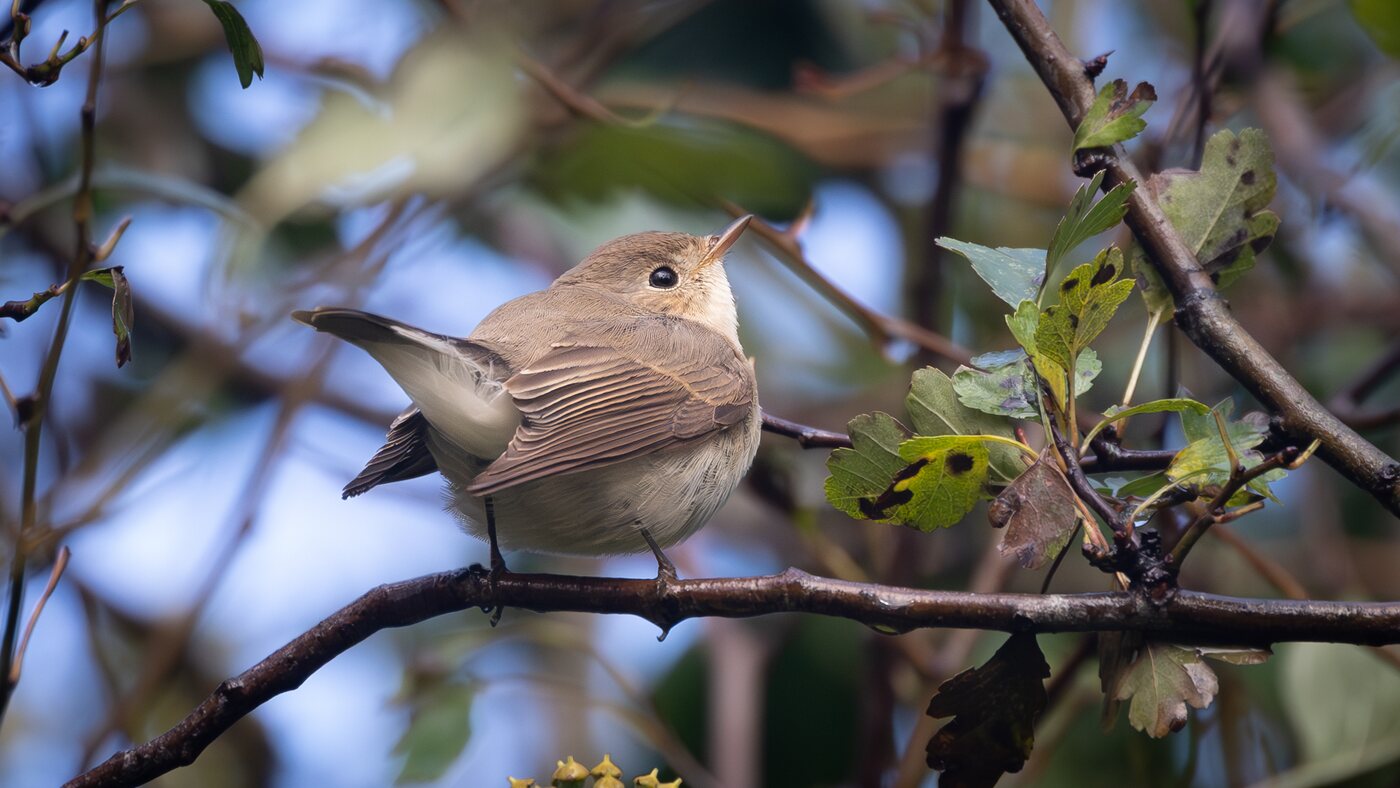We start this 2023 annual report with a brief look back at our Big Year of 2022.
On December 31, 2022, we had 360 species, which would represent a new Dutch annual record. We already took into account that 2 species might not be accepted. These were the Italian Sparrow and the Eastern Yellow Wagtail. The Italian Sparrow was rejected after extensive DNA research. It turned out to be a normal House Sparrow, read a detailed report here. After DNA research, the Eastern Yellow Wagtail turned out to be a hybrid Western Yellow Wagtail. This means that our final count for 2022 will be 358 species. 2 too few for the new annual record. However, with 358 species, we are the only one in a close second place!
Now the overview of 2023. The year started very wet in combination with a cold spring. The autumn was also not good and very wet. It turned out to be one of the most disappointing years ever in terms of species for us. We did not get species that we normally see every year. We also took it a bit slower than in previous years and I spent a lot of time at our migration site in the Maashorst.
As usual, we started with a Big Day on January 1 in the province of Zeeland. The Big Day went well and a new record was set with 115 species. Nice species were a Little Auk and a Siberian Whitethroat (Curruca curruca blythi). There is a nice video of this on YouTube. Black Brent Goose (Branta bernicla nigricans), Red-breasted Goose and Little Bunting were seen during a tour of the Delta on January 6. On January 8 we were at Camperduin hoping for an Atlantic Puffin for the monthly list. This did not work, but we were able to record a Pomarine Jaeger and on the way back to Uden a group of Horned Larks and a Hume’s Leaf Warbler were visited. Furthermore, it remained very quiet in January and we ended the month with 142 species. This is the first January that I did not manage to score any new monthly species.
On February 1, we went near Hellevoetsluis looking for a Black-winged Kite that still counted for the monthly list. Unfortunately, we were unable to find the bird after posting for a long time. Because we were in the area, the Greater Flamingos of the Grevelingenmeer were visited later in the afternoon for the annual list. On February 7 around noon we received a report of an almost certain Buff-bellied Pipit a new species for the Netherlands! There was no doubt and we immediately drove to 's-Gravendeel where the bird was seen. Upon arrival, the bird was no longer in view, but it should certainly still be there. A nervous search began, but after a few hours we and a number of other birdwatchers found the Buff-bellied Pipit in a group of common Water Pipits. The first new species for the Dutch list of 2023 had arrived. The Black-winged Kite was found back in Renesse and we visited the bird on February 9. We were very happy with this bird and we now only needed the Black-winged Kite in the month of June. On February 12 we started with a Pallas's Leaf Warbler in Leiden. The Lesser White-fronted Geese of the Oudeland van Strijen were visited and in the province of Zeeland the Glaucous Gull of Vlissingen and a group of 17 Black-crowned Night Herons in Gapinge. February 26 was all about a Big Day in the province of Gelderland together with Alwin. This resulted in 9 new species for the annual list with a Snow Goose and an Eurasian Treecreeper, a film report can be viewed here. The month of February ended with 170 species for the annual list. For the monthly list I did not get further than 2 new species.
On March 1 we started with the Buff-bellied Pipit, which was still showing itself in the area around 's-Gravendeel. After a short search we were able to add him to the monthly list. Unfortunately, due to the distance, no photo opportunities again. A real Alpine Accentor was found in February on the tower of the Ministry of BZK in the middle of The Hague. The bird was seen again on March 3 and because it still counted for the monthly list we visited it the next day. Within 15 minutes we were able to add the Alpine Accentor to the monthly list in a very bizarre place, it is of course also a good annual species. March 10 was spent at the migration site Brobbelbies Noord. We saw several groups of Common Cranes and 3 Red Kites. It was very wet and cold and the migration site Kamperhoek where we normally spend a lot of time in March was not visited. It also remained very quiet in March and we ended the month with 175 species for the annual list. The monthly list grew with 2 new species. On March 18 we left for Vietnam for a 3-week trip during which we also visited Cambodia. There are 2 films available on YouTube via the links; Vietnam – Cambodia, enjoy watching.
We returned to the Netherlands on April 8 and the first bird in April for the annual list was a Barn Swallow on the 14th that flew over our backyard. The weather remained bad, but on April 15 the conditions were reasonably favorable to spend a day at the migration site Brobbelbies Zuid in the Maashorst. There was quite a bit of migration and we scored some annual species, including the Ring Ouzel. On April 17, a Falcated Duck was visited near Rotterdam that still counted for the annual and monthly list. An Iberian Chiffchaff that was sitting nearby was visited for the annual list. On March 18, a Marsh Sandpiper was visited near Oss, nice and close. Finally the weather forecasts improved and on April 21 we visited the migration site Breskens. It was a beautiful day with quite a few new annual species, including nice ones such as Red-footed Falcon, Tawny Pipit, European Serin and Caspian Tern. April 23 was spent in the backyard. There was nice bird migration with a Black Kite, some Eurasian Hobbies and a highlight with a Montagu's Harrier, a new garden species. On April 27 we visited a very early Red-backed Shrike near Langenboom, which counted for the monthly list. Later that day, a Bearded Vulture was reported in the Veluwe. There were rumors that this was supposed to be a countable bird. The bird was supposed to spend the night somewhere on the Veluwe and was rediscovered early in the morning. Because of the rumors we decided to visit the Bearded Vulture. The bird had flown off shortly before arrival, but fortunately it was quickly found back on the roof of a farm. It was fun to watch and only now could you see how big the Bearded Vulture really is. A nice video can be viewed here. Unfortunately, the Bearded Vulture did not survive the visit to the Netherlands. He was hit by a train. On April 29, a Kentish Plover was found near the village of Zeeland. A mega species for our own region that we could not pass up. The Kentish Plover was a lot of fun to watch and photograph and it also counted for the annual list. That same day we were startled again by the report of a Gull-billed Tern at the Kraaijenbergse Plassen, also close by. The Gull-billed Tern is also a new Brabant species that we definitely had to visit. The bird was out of view for a while, but luckily we were able to add it to the Brabant and annual lists. At the end of April we had 227 annual species. Only the Red-backed Shrike was new for the monthly list.
May 1 was spent with Willie de Vries looking for Common Cuckoos at the Engelermeer near Den Bosch. While setting up the photo equipment we heard a bird calling behind us. Willie asked: This is an Eurasian Hoopoe, right? Yes, an Eurasian Hoopoe, I replied, a little surprised. I searched through the dense wood to get a view of the bird but without success. A short tape also yielded nothing. Maybe we'll hear him again, I said to Willie. We did not hear or see the Eurasian Hoopoe again and continued to enjoy ourselves with 3 Common Cuckoos who were very nice to watch. On May 5 we were at the migration site Brobbelbies Noord. Quite a few Western Marsh Harriers flew over and the first European Honey Buzzard for 2023 was recorded. We received a report of a Falcated Duck in the Nieuwe Driemanspolder that we could not ignore. The Falcated Duck still counted for the monthly list and fortunately it was still there upon arrival. On May 12 we drove to Friesland for the Top of Holland, which was held on May 13. Along the way a Thrush Nightingale was visited near Zeewolde. As usual, we spent the night with my aunt in Oudwoude. After a short night, our Top of Holland started at 1 am. It was a beautiful day with 147 species and many new ones for the annual list including Ferruginous Duck, Broad-billed Sandpiper, Red Phalarope, Whiskered Tern and Short-toed Snake Eagle. A nice film can be viewed here. On May 14, an Iberian Chiffchaff was visited near Bladel, the first for Brabant! The Lauwersmeer was visited on May 20 for a White-rumped Sandpiper that still counted for Maartje's monthly list. Unfortunately, the bird was not found, and to compensate, Curlew Sandpiper, Arctic Tern and Common Quail were added to the annual list. On May 27 we drove again to the Lauwersmeer for the White-rumped Sandpiper. Now we had more success and as a bonus a Terek Sandpiper was also recorded. Other nice species in May included Eurasian Eagle-Owl, White-winged Tern, Eurasian Penduline Tit, Corn Bunting, Glossy Ibis and Melodious Warbler. The annual list had grown to 260 species. Only 1 new species was seen for the monthly list.
The last week of May, 3 Eurasian Dotterels were closely monitored. They were still there on May 31. Early in the morning of June 1 we drove to Kloosterhaar for the Eurasian Dotterels. We had to search a bit but found the 3 Dotterels in a field, 1 female and 2 males. We finally managed to get this species on the June-list. The next day we had to go to Texel for a Ring Ouzel, the bird was seen on June 1. We had to search for a few hours, but when we found him he was nice to look at. In previous years we have regularly searched for a Ring Ouzel in June, but without success. Finally this one is now also on the June-list. June 8 we were found in the province of Limburg. The European Bee-eaters and White-throated Dipper were visited for the annual list. The trip didn't really yield much. Later that evening an app came in reporting a Black-winged Kite in the Keent. June is the only month that we still needed a Black-winged Kite for the monthly list! The Keent is about an 8 km drive from Uden so we arrived very quickly and the Black-winged Kite was still nice to see. The next day he was gone. We now have it in all months! The next day we drove to Vlaardingen for a Falcated Duck that also counted for the monthly list. After we found the bird, a Common Rosefinch at the Oostvoornse Meer was visited for the annual list. On June 13, a Red-breasted Flycatcher was visited on the Veluwe for the annual list. It had been a while since we saw a singing male. After the Red-breasted Flycatcher, an Eurasian Wryneck was added to the annual list. June 17 we drove to Culemborg to see a singing Blyth's Reed Warbler for the annual list. On June 20, I was sitting in the backyard again enjoying the beautiful weather and was able to add a flying Black Stork to the annual list. On June 28, a courting Eurasian Hoopoe was visited in Echt. The bird was very nice to watch and filmed. After the Eurasian Hoopoe we drove to Vijlen for a reported Black Hairstreak, a new butterfly for our list. Unfortunately we did not find the butterfly, but it was a pleasant afternoon with nice species such as the Marbled Fritillary and the Purple Emperor. There were at least 3 pairs of Red-backed Shrikes and a Budgerigar flew around.
An Ancient Murrelet was discovered in Spain near Huelva. Because there was not much to do in the Netherlands, we decided to visit this species. We were also able to do a number of world species that still counted for Maartje's world list. Together with Henk Schut we flew to Seville on June 23. We arrived in the afternoon and there was still plenty of time to look for the Ancient Murrelet. He hadn't been reported yet so it was still a bit exciting. We had to search quite a bit, but it was Henk Schut who discovered the bird. We shouldn't have come later because the bird flew away shortly after arrival. As a bonus we saw a group of Pin-tailed Sandgrouse flying over which still counted for my world list. The next day a Red-necked Nightjar was first done, which still counted for Maartje and Henk. Then we visited the Ancient Murrelet and now some photos could be taken. We stayed in Spain for 3 days and Maartje was able to add Black Wheatear, Marbled Duck, White-rumped Swift, Spotless Starling and Iberian Gray Shrike to her world list.
Little else happened in June and we ended the month with 267 species for the annual list. 4 new ones for the monthly list was not bad.
There was nothing for the monthly list on July 1 and it was very quiet in terms of birds. On July 2 we drove to Vijlen again because the Black Hairstreak had been seen again. After posting for a long time we finally saw the little butterfly. Maartje was very happy with this new species. On June 6 we drove to the Vogelmeer in the Zuid-Kennemerland National Park. A Lesser Scaup in eclipse plumage was discovered here. The bird still counted for the monthly list. A Lesser Scaup in eclipse plumage is not easy to identify but it was seen with its wings spread and the diagnostic wing pattern of the Lesser Scaup was seen and photographed. The bird was also not ringed and therefore a great opportunity for the monthly list. Never before has a Lesser Scaup been observed in the Netherlands in the summer. We found the bird quite simple and were happy with this monthly and annual species. We later heard that it was also there in June, but because of the difficult identification they were not sure whether it was a Lesser Scaup. On July 14 we drove to Waterland for Little Bitterns, which still counted for the annual list. The migration season started on July 15 at our migration site Brobbelbies Noord. From now on I could be found here a lot. On July 22 we did a Big Day together with Alwin in the province of Drenthe. It was a very fun day and everything was captured on the film that can be viewed here. On July 29, an Aquatic Warbler was visited in the Polder Arkemheen for the annual list. The month ended with a White-headed Duck in the Biesbosch at the last minute. The bird counted for the monthly and annual lists and was also new for my Brabant list. The annual list now stood at 272 species and the monthly list was expanded with 2 new ones.
On August 1, work was resumed on the monthly list. The Lesser Scaup was still there and the White-headed Duck from the Biesbosch also counted. Both species were added to the monthly list relatively easily. On August 5 we drove to Koedijk for a reported Red Phalarope. We only had this species in August and finally there was one. The Red Phalarope was quickly found and while we were watching it a real Blue-cheeked Bee-eater was squeaked. The bird was on the fochteloërveen and had flown up and was no longer in sight. Maartje immediately wanted to start driving, but I was less enthusiastic. After all, the bird had flown away, I said. Maartje kept insisting and Alwin, who I had already on the phone, was also already driving. I would wait until he was found again was my reaction. About 45 minutes later the Blue-cheeked Bee-eater was found again and it now turned out that I had made a big mistake. It was a 160 km drive to the fochteloërveen. A very nervous ride followed and with only 4 km to go we thought it would still be okay because the bird was still seen. Then a message came through the app that the bird had flown north and disappeared from view. We posted all afternoon, but the Blue-cheeked Bee-eater was not seen again. The mistake cost me dearly and I have been reminded of it a lot in recent months 😉. As a consolation prize, I was able to add a Black Stork to my Friesland list and we saw no fewer than 5 Short-toed Snake Eagles! On August 7, a Northern Fulmar was reported near Roosendaal in the province of Brabant. The bird was sitting in a field and didn't seem quite right. From the migration site we drove with William and Siem Dijsselbloem towards Roosendaal. Along the way we kept in touch with Andre Strootman who was present at the location. On arrival the bird was still present, a mega species for Brabant and it also counted for the annual list! The Northern Fulmar appeared to have a broken wing but otherwise did not look too bad. It later turned out that he was missing a leg and had probably flown into the high-voltage pylons. The bird did not survive. The migration season was now well underway with good numbers of White Storks, Black Storks, Tawny Pipits and Eurasian Dotterels. On August 19 we received a report of a Black-legged Kittiwake again in the province of Brabant. The bird was tagged and appeared to have been in a meadow near the Zevenbergschen Hoek for 3 weeks. Once again we drove from the migration site with the Dijsselbloempjes to the Black-legged Kittiwake. We had now received an URL with which we could read the transmitter data. This showed that the bird should still be there. Upon arrival, the Kittiwake was found lifeless. He must have died just before we arrived. The Kittiwake was taken by a local bird watcher to be mounted. The transmitter was returned to researchers in France. For the annual list, little happened in August and with only 4 new annual species, the counter stood at 276 species at the end of the month. The monthly list had grown with 3 new ones, we were especially happy with the Red Phalarope that we now have round in all months.
September started very quietly, there was nothing for the monthly list, and the moulting Lesser Scaup at the Vogelmeer also seemed to have disappeared. I was now at the migration site almost every day and enjoyed myself quite a bit. On September 5, a Great Reed Warbler was seen near the Eemmeer. There was also a Little Crake here. Enough reasons to take a look the next day. Early in the morning the next day we stood at the Eemmeer. The Great Reed Warbler seemed to have disappeared and the Little Crake was only seen by me. Maartje was looking for the Great Reed Warbler when the Little Crake showed up briefly. We continued to search for the Little Crake for a while but the bird was not seen again. Later that afternoon we visited another Eurasian Hoopoe in Huizen which was beautifully filmed. On September 18, a calling Red-throated Pipit flew right over my head at the migration site. The only one for me in 2023, unfortunately Maartje was not at the migration site so she misses this species this year. It remained very quiet in September. I spent most of my time at the migration site. This year there were no northwesters in September to lure us out to sea. The month only produced 2 new annual species and now stood at 276 species. No new ones for the monthly list.
There were no monthly species on October 1, so I started the month at the migration site where the real autumn migration had started. On October 3, the wind forecast was good for a day in Westkapelle. Unfortunately the wind mainly stayed in a westerly direction, but it turned out to be a very nice day. Great Skua and Long-tailed Jaeger and Sooty- and Manx Shearwaters were added to the annual list. An overview of the count is here to find. The Dutch Birding Autumn Weekend started on October 6, which we participate in every year. A lot of wind was predicted, so we took into account that we would mainly be standing by the sea. The first 2 days we were indeed mainly at the sea and scored Greater Scaup, Leach's Storm Petrel and Short-eared Owl for the annual list. On Sunday the wind died down a bit and the Yellow-browed Warbler and Red-flanked Bluetail were added to the annual list. On Monday the wind blew hard again and we were back at the sea. An overflying Lapland Longspur still counted for the annual list. After a walk through the Krimbos, which yielded nothing, we decided to drive home. A real northwester was predicted for October 14, so we were back in Westkapelle. It was a very nice day with 100 Parasitic Jaegers, 30 Long-tailed Jaegers!, 14 Pomarine Jaegers, 3 Leach's Storm Petrels, 1 Glaucous Gull, 1 Pale-bellied Brent Goose, 2 Sabine's Gulls and 1 Red Phalarope. The Sabine's Gull and White-bellied Brent Goose still counted for the annual list. An overview of the count is here to see. The rest of October I was mainly at the migration site and kept a close eye on the sightings in the Netherlands. There were quite some nice species to see in the Netherlands, but not special enough to lure me away from the migration site. On October 27 we visited the European Shag of Brabant, which was still there for the annual list. On October 28, a Yellow-browed Bunting was discovered on the island of Vlieland, the first real stunner of the autumn. Because we had already seen the bird last year, we decided not to go and kept our fingers crossed that it would still be there on November 1. A good strain for the monthly list. On October 29, a Manx Shearwater was visited in the harbor of Yerseke. The Manx Shearwater was beautiful to view and film. We hoped that this species would also last until November. The month ended with 290 species on the annual list. Once again no new ones for the monthly list.
It didn't look bad for the monthly list with the start of November. The Yellow-browed Bunting was reported on October 31. The Manx Shearwater had not been reported on October 31, but we thought it should still be there. Because the Manx Shearwater had not been reported, we decided to go to the island of Vlieland for the Yellow-browed Bunting. While looking for this bird I received an app from Bjorn Alards that an European Honey Buzzard had been in Horst for 2 days. The young bird was digging out a wasp nest here. A mega strain for the month of November! We searched in vain for the Yellow-browed Bunting until 4 o'clock in the afternoon. Fortunately we had some compensation with a group of Bohemian Waxwings that still counted for the annual list. The Manx Shearwater was also reported again today so it was still there. The next day we drove to Horst during a heavy storm that passed over the Netherlands in the hope that the European Honey Buzzard was still there. We posted all morning, but the bird never showed up again. The discoverers allowed us to see the hole that the Honey Buzzard had dug in their backyard. It was still full of wasps and there were many empty combs around the hole. Even though the Manx Shearwater had not been seen on November 2, we decided to drive to Yerseke. After a long search, the bird was not found. It turned out he was really gone and wasn't seen at all after that. The bird probably left with the storm. On November 7, a Common Redstart was reported near Wierum at a cemetery in the north of Friesland. The sighting was accompanied by a good photo so there was no doubt. The next day we drove to Wierum and after an hour of searching we found the Common Redstart on a gravestone. The bird was very restless but I still managed to take some pictures. We now drove to Heerhugowaard for a reported Black Tern that still counted for Maartje's monthly list. This bird was quickly found. On November 11 we drove to Friesland again. Now to Leeuwarden where a Red-breasted Flycatcher was reported. The bird was immediately found upon arrival and was nice to view. The Red-breasted Flycatcher still counted for the monthly list. Later that day we see a report of a Common Cuckoo passing by in the Meinweg in Limburg. There is was photo included with the sighting so there was little doubt. The bird was reported again early the next day. The Common Cuckoo was in an area where only permit holders were allowed to come by car. This meant we had to walk 7 km. Albert Kleibeuker was kind enough to give us a lift. The Cuckoo was still at the reported location and was eating one caterpillar after another. We were very happy with this new monthly variety. A video can be viewed here. On November 18 we looked at the Kraaijenbergse Plassen for a Long-tailed Duck that still counted for Maartje's annual list and Brabant list. Unfortunately the bird turned out to have flown, but we did discover a Bohemian Waxwing. There were also 2 Common Loons which is not bad. While we are at the migration site on November 26, an Eurasian Crag Martin was reported in the Klompenwaard in Gelderland. There was no hesitation and we immediately drove to the Klompenwaard. On arrival the Crag Martin was still present and was beautiful to view. The bird still counted for the annual list and Maartjes monthly list. I already had it in November. November was not good for the annual list and we only had 2 new species for the list, which now stood at 292. The monthly list had grown with 3 good varieties.
On December 2, we searched in the morning for a Siberian Chiffchaff near Eemnes that still counted for the annual list. The bird was not found and while we were driving back to Uden we received a report of a Squacco Heron near Den Ham in the province of Groningen. The Squacco Heron still counted for the monthly and annual list. There was no hesitation and we drove to Groningen. Along the way we received information that the bird was not in the best condition and might be picked up by a bird rescue station. That didn't sound good. Upon arrival, the bird was sitting a short distance away at the edge of a meadow. He was very active and searched for food and even flew a short distance. A video can be viewed here. Before we drove back to Uden, a Rough-legged Buzzard was visited in the Onlanden. The Rough-legged Buzzard still counted for the annual list. That same evening we saw a report of a Northern Wheatear in the area of Stroe. A very good strain for the monthly list. The next day the Northern Wheatear was still present and we decided to drive to Stroe. We had to search for a while but found the Northern Wheatear on the shore of the Wadden Sea. We now only need the Wheatear in the month of February. Once we were back home, a report of a Black Tern passed by in the harbour of Den Oever. That was a bit of bad luck. The next day the Black Tern was seen again early in the morning, but in the afternoon it turned out to have already left. The Wheatear had also disappeared. On December 9 we visited Zaandam for a Black-throated Loon that still counted for the annual list. December 15 we were on the first ferry to Ameland. The target was the Black Scoter that was seen again. We searched all morning but could not find the Black Scoter among the thousands of Common Scoters. In the afternoon we looked for Twites at the Peazemerlannen. A Merlin caused a group of about 70 Twites to fly. The Merlin still counted for the annual list. I now had 296 species and Maartje had 294 species. We still had to persevere if we wanted to reach 300 species in 2023. On December 16, a Ring-necked Duck was visited in Heerhugowaard. Then we drove to the IJmuiden pier where a Long-tailed Duck was recorded. We now went to Zoetermeer where we had to search for a long time for a Siberian Chiffchaff. Ultimately we found the bird that grew the annual list to 299 species for me and 297 for Maartje. We heard that a group of Common Redpolls had been seen nearby. This still counted for the annual list, but unfortunately we could not find the birds. On December 18 we looked for Common Redpolls near Veldhoven. Unfortunately we couldn't find them again. A few days later, a group of Common Redpolls was reported in Tilburg. On December 23 we were at the location in Tilburg and after a short search we found 2 Common Redpolls. The 300th species had arrived. Maartje now had 298 species. On December 24 we drove to the Veerse Meer where a Leach's Storm Petrel had been reported the day before. Early in the morning with strong wind and lots of rain we drove to the Veerse Meer. The Leach's Storm Petrel could not be found, but some compensation was offered by a Black-throated Loon. On December 27 we received a report of a Rosy Starling near Zaltbommel, and an Oriental Turtle Dove was also reported in Sneek. Both birds still count for the annual list and the Oriental Turtle Dove also counts for the monthly list. The next day we arrived early at the location of the Rosy Starling. After about 45 minutes we were able to add him to the annual list. The Oriental Turtle Dove had also been reported and we drove to the province of Friesland. Upon arrival it turned out that the bird had not been seen for several hours. We were sure he still had to be there so we decided to wait until it got dark if necessary. A good choice because around half past three the Oriental Turtle Dove was suddenly back on the roof where he had been seen earlier in the morning. Maartje had now also reached the 300 species, my annual list now stood at 302 species.
Birding was not easy birding in 2023. We often arrived just too late and during our day trips, birds that had been there for a while were no longer present. We both only have 1 new species for the Dutch list, the Buff-bellied Pipit. In addition, we lost 3. The Italian Sparrow and the Eastern Yellow Wagtail of 2022 have not been accepted and all cases of the Hooded Merganser have been removed from the Dutch list. So on balance we have actually gone backwards. The Eternal monthly list did hardly make any progress. But once again I reached 300 species and this is the 18th year in a row that I have 300. We will try the 300 again in 2024. Our world list grew again thanks to the trip to Vietnam and Cambodia. There is no trip planned yet, but that could change quickly. Below is an overview of the lists we maintain.
Toy
New for the Netherlands
- Buff-bellied Pipit
An overview of the lists that we keep
- Life list the Netherlands 470 species (decrease of 2 compared to 2022)
- Life list World 3825 species (increase of 2 compared to. 2022)
- Total eternal monthly list 3668 (increase of 57 compared to 2022)
- Year list 2023 302 species
Maartje
New for the Netherlands
- Buff-bellied Pipit
An overview of the lists that we keep
- Life list the Netherlands 464 species (decrease of 2 compared to 2022)
- Life list World 4547 species (increase of 3 compared to 2022)
- Total eternal monthly list 3636 (increase of 55 compared to 2022)
- Year list 2023 300 species















